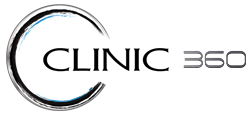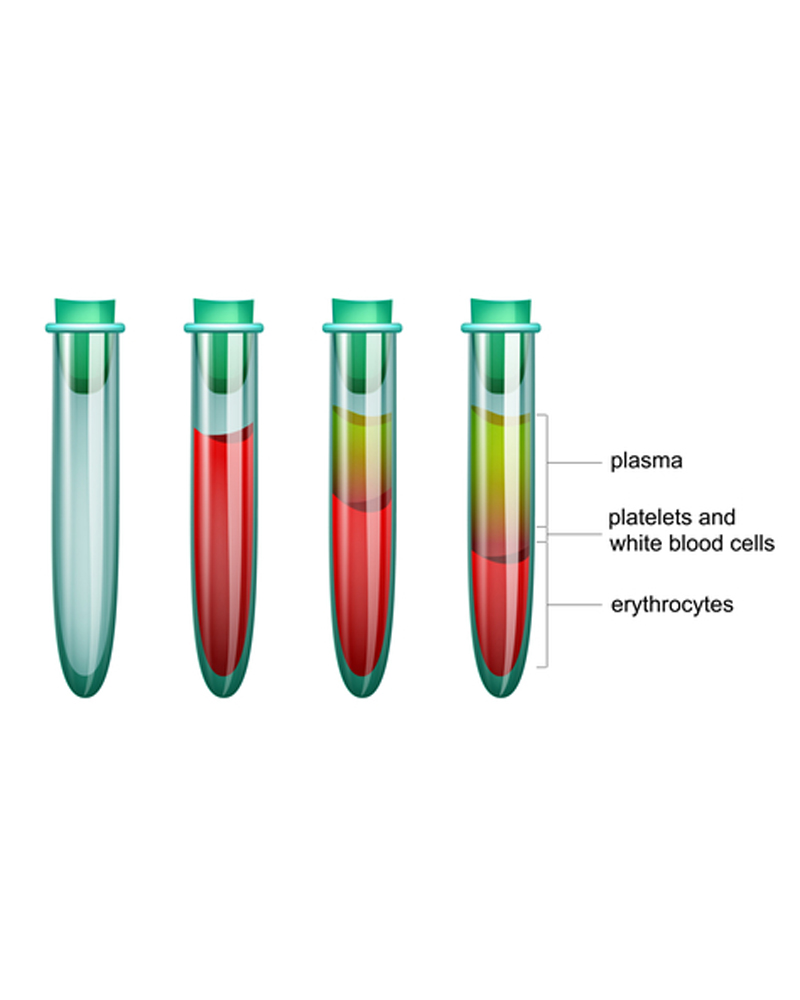Platelet Rich Plasma Therapy for Hair & Skin Rejuvenation
PRP Therapy
What can PRP help improve?
- Stretch-marks
- Acne scarring
- Surgical scars
- Fine lines and wrinkles
- Thinning Hair
- Spot Baldness
- Crepey skin
- Large Pores
- Age Spots
PRP therapy has safely been used in medicine for over 30 years especially in the recovery from orthopedic surgeries and sports injuries, and has now made way into the cosmetic industry mainly for hair regeneration and skin rejuvenation.
Science behind PRP
Book a Consult!
The first step in getting started with PRP Therapy is to come in for a consultation. A consultation is a private one-on-one assessment with one of our knowledgeable medical estheticians. They will do a thorough assessment on you to make sure Platelet Rich Plasma Therapy is right for you.
Selphyl® – Platelet-Rich Fibrin Matrix (PRFM)
At Clinic 360 we have chosen to use the Selphyl® Platelet-Rich Fibrin Matrix (PRFM) as we believe this is the next generation of PRP. In order to have the most effective preparation of PRP, this needs to be purely plasma and platelets. If it is contaminated with too many other components of the blood (white blood cells and red blood cells) this can have an inflammatory effect, rather then the opposite which is a healing effect. The Selphyl® system allows for the transformation of PRP into PRFM by removing contaminating factors and activating the platelets. This gives you a safe and effective result with your treatment.
The treatment of PRP Therapy
For Skin (face or body)
For Hair
After PRP
PRP for Hair Loss
How Many Sessions are Recommended?
For PRP Therapy for hair, at Clinic 360 we recommend to do 1 session every month for 3-4 months, then continue with a session every 3-6 months to keep hair growth stimulated to maintain the results.
Cost
Pricing per session starts from $1,000 plus HST for hair restoration on the head. Pricing is based on the surface area to be covered.
Package pricing is available for multiple sessions and multiple areas.

